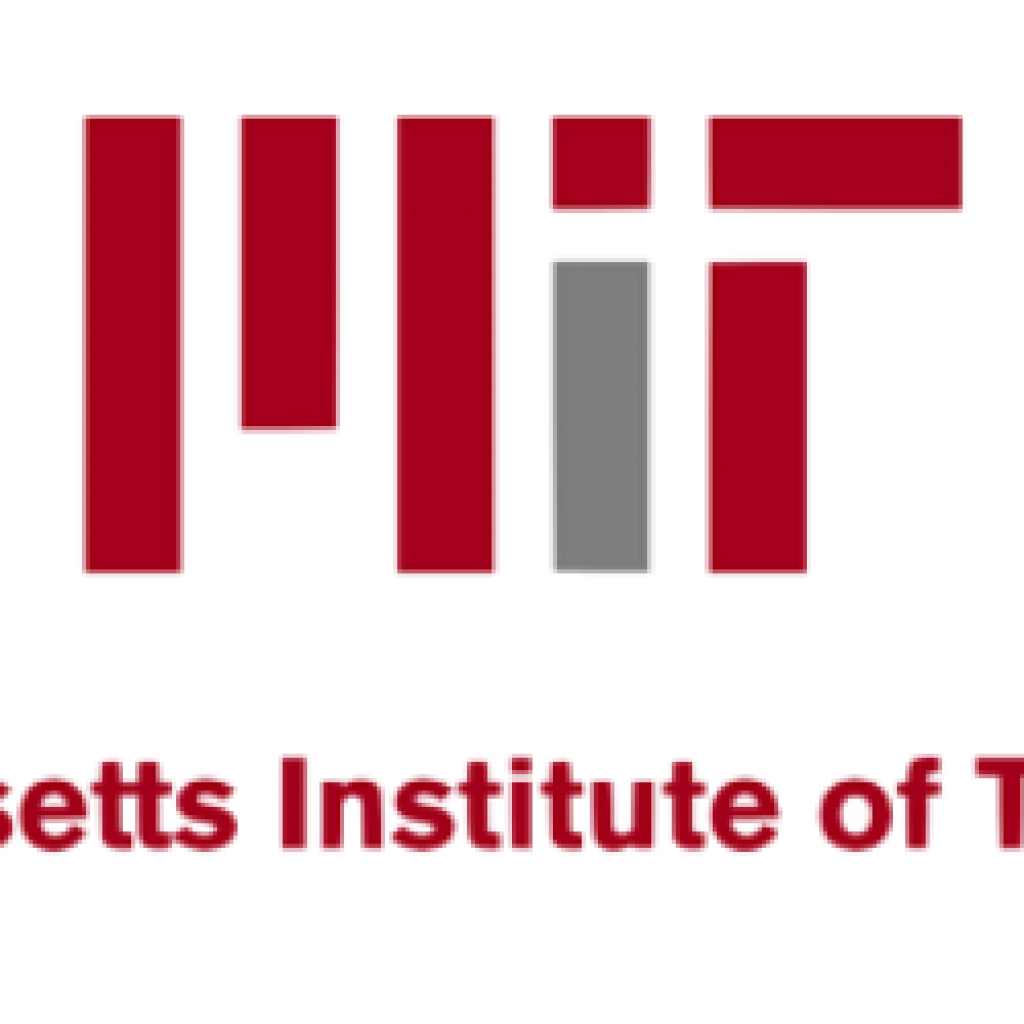(TechnologyReview) Simson Garfinkel writes in MIT’s Technology Review that “Quantum computing as we know it got its start 40 years ago this spring at the first Physics of Computation Conference, organized at MIT’s Endicott House by MIT and IBM and attended by nearly 50 researchers from computing and physics—two groups that rarely rubbed shoulders.” The article is summarized here and worth the time to read the original.
When promised that he could speak about whatever he wanted, Richard Feynman agreed to speak and laid out his ideas for how to link the two fields in a detailed talk that proposed a way to perform computations using quantum effects themselves.
Feynman explained that computers are poorly equipped to help simulate, and thereby predict, the outcome of experiments in particle physics—something that’s still true today. Modern computers, after all, are deterministic: give them the same problem, and they come up with the same solution. Physics, on the other hand, is probabilistic. So as the number of particles in a simulation increases, it takes exponentially longer to perform the necessary computations on possible outputs. The way to move forward, Feynman asserted, was to build a computer that performed its probabilistic computations using quantum mechanics.
Feynman hadn’t prepared a formal paper for the conference, but with the help of Norm Margolus, PhD ’87, a graduate student in Fredkin’s group who recorded and transcribed what he said there, his talk was published in the International Journal of Theoretical Physics under the title “Simulating Physics with Computers.”
The conference attracted some of greatest thinkers in computing and physics alive in 1981. includes Feynman and Fredkin; Freeman Dyson, one of the most talented physicists of the 20th century; Konrad Zuse, the German engineer who had built the world’s first fully programmable automatic digital computer in 1941; Hans Moravec, who had just built a robot that could navigate by sight; Danny Hillis ’78, SM ’81, PhD ’88, who went on to found Thinking Machines and hired Feynman as its first employee; and many others who are now household names (in the households of computer scientists and physicists, at least).
NOTE: Simson Garfinkel, (87 Phd 05) uncovered this story while researching his book Law and Policy for the Quantum Age, coauthored with Chris Hoofnagle (forthcoming from Cambridge University Press).
